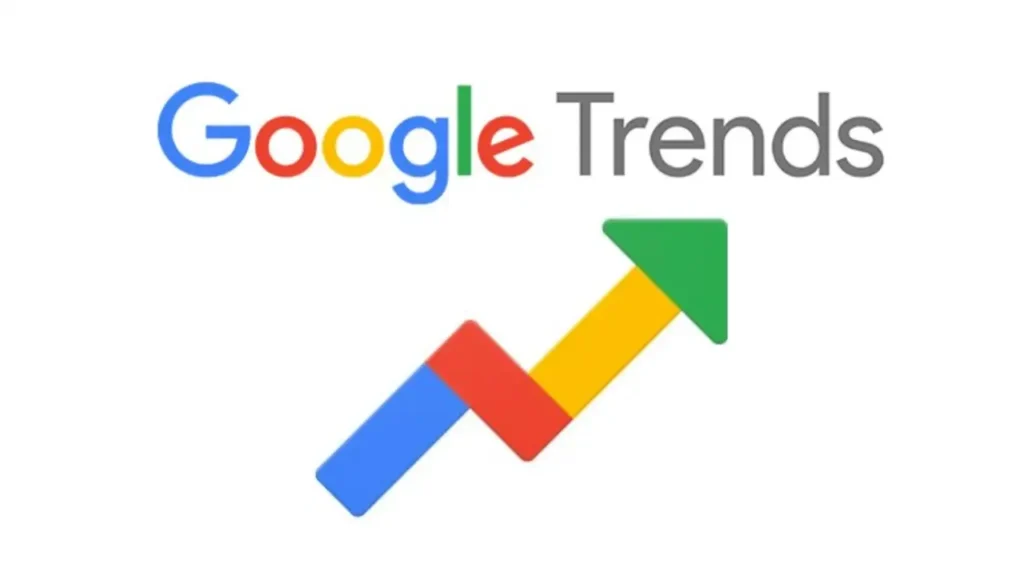There’s significant news if you’ve ever used Google Trends to see what others are searching for, Google just released the Google Trends API in alpha.
This implies that developers, researchers, marketers, and journalists can now easily add accurate trend data to the tools and processes they already use.

Even though it’s only in a restricted testing phase for now, early access gives you a rare chance to help define the future of this powerful data tool. This post will explain what the Google Trends API (Alpha) is, how to get it, and who it’s meant for.
What is the Google Trends API (Alpha)?
The Google Trends API (Alpha) is an early version of an official interface that lets apps get trend data from the Google Trends explore page programmatically. It was initially introduced at Search Central Live APAC 2025, and for now it is only available to a small number of people who have applied to test it.
Up until recently, developers had to use unapproved techniques or get data via the web interface, which was unreliable and often crashed. Google wants this API to make it easy to get search trend data across time and in different places in a consistent, scalable, and structured fashion.
Key Features of the Google Trends API
Here’s what makes this API a game-changer:
1. Consistent Search Interest Scores
Unlike the web interface that returns relative scores, this API offers scaled search interest values that are consistent across queries. This makes long-term comparisons and multi-keyword tracking more reliable.
2. Five-Year Rolling Data Window
You get access to up to five years of search trend data, updated as recently as 48 hours ago. This helps track both short-term news spikes and long-term seasonal patterns.
3. Flexible Time Aggregation
Choose your own granularity—you can analyze search interest by week, month, or year. Whether you’re tracking short-term campaigns or analyzing yearly shifts, the API adapts.
4. Detailed Geographic Breakdown
Zoom in on interest levels by country, state, or city. This enables highly localized market or public opinion analysis, all without complex filtering.
5. No “Trending Now” Data
While powerful, it’s important to note that real-time “Trending Now” insights are not included in the API at this time. It’s meant for historical and rolling trends—not breaking events.
How to Get Access to the API
Since the API is still in alpha, Google is selectively opening access to testers. Here’s how to try and get in:
- Watch for the Official Registration Link: Announced on July 24, 2025, registrations will open soon after the event.
- Apply via Google’s Early Access Form: A form will be made available for developers and organizations to express interest.
- Join as a Tester: Google is specifically looking for testers who can give feedback throughout 2025.
- Limited Seats Only: As confirmed by John Mueller, the early access program is very limited, so act quickly.
Think of it like applying for backstage passes you’ll need to be early and relevant to get in.
Who Is This For?
The Google Trends API is designed with a wide range of users in mind:
Researchers
- Track long-term topic trends in academia
- Help identify shifts in public interest or behavior
Journalists & Publishers
- Discover and report on trending topics more effectively
- Use data to validate story angles with historical search interest
Developers
- Build dashboards and analytics tools using reliable Google data
- Automate trend monitoring for clients or projects
Marketers & SEO Experts
- Align content strategies with actual public interest
- Plan seasonal campaigns more precisely with trend forecasts
Why It Matters
The ability to access Google Trends data via API is a huge step forward for data accessibility and insight generation. Here’s why:
- You can automate reporting and trend tracking
- You get stable, reproducible data—great for analysis and forecasting
- You no longer need workarounds or unofficial tools
Conclusion
The release of the Google Trends API Alpha is an exciting development for developers, academics, and marketers that want to easily and quickly access real-world search behavior. You can only get to it right now, but signing up early offers you a head start on testing it and helping to shape its future. This API delivers the power of Google Trends straight into your work flow, whether you’re writing stories, making trend dashboards, or improving content.







